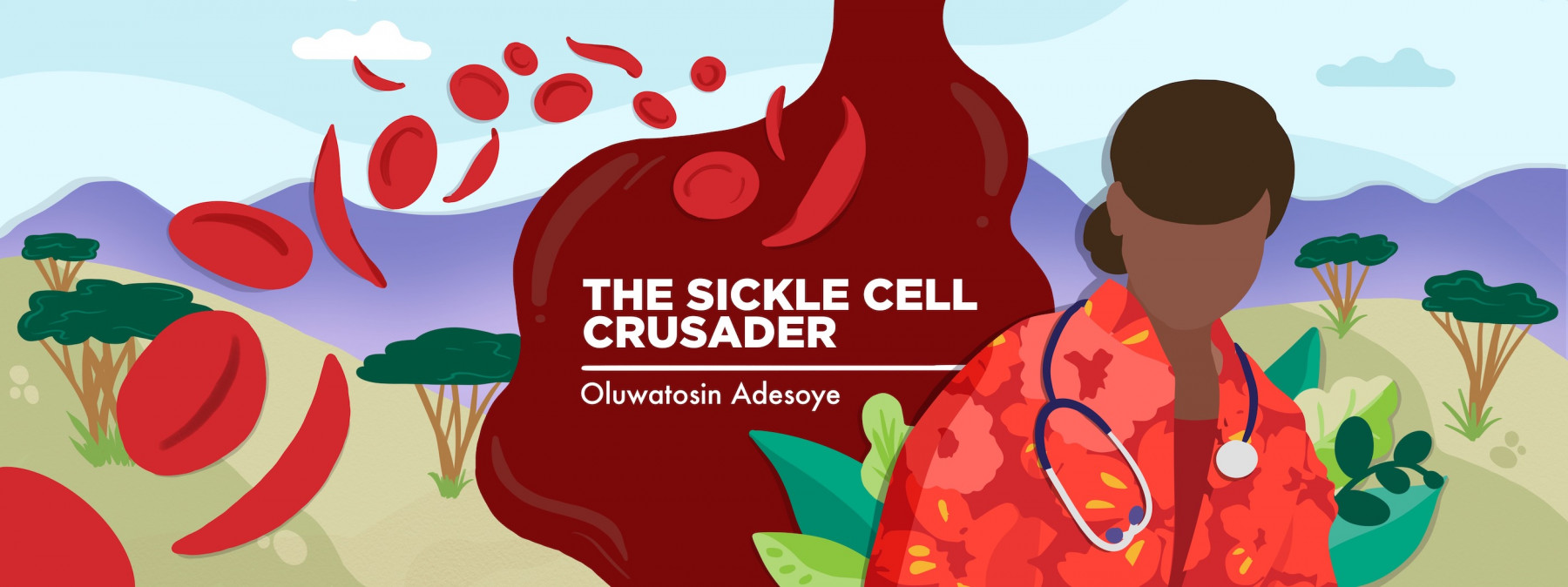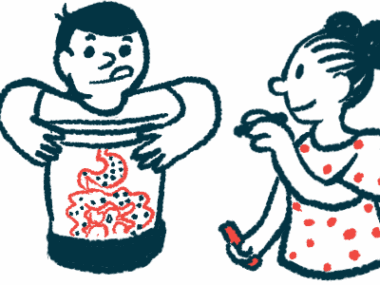How I manage mild to moderate sickle cell pain at home
Rest, hydration, and avoiding triggers are three of my strategies
Written by |

Note: This column describes the author’s own experiences with various medications, including nonsteroidal anti-inflammatory drugs and oral opioids. Not everyone will have the same response to treatment. Consult your doctor before starting or stopping any therapy.
Sickle cell disease involves recurring episodes of pain, which can be acute or chronic and vary in intensity from mild to moderate to severe. As a sickle cell patient with chronic pain syndrome, I live with pain most of the time. Because of this, I’ve discovered that effectively managing mild to moderate pain at home is crucial for improving the quality of life for many sickle cell patients.
However, it’s important to know that pain should be managed at home only if it is mild or moderate, and as long as any related symptoms aren’t severe. Knowing when to stop home management and head to the hospital is vital.
In this column, I’ll share my personal strategies for successfully managing mild to moderate pain at home.
How I do it
First and foremost, I make sure to get enough rest. Unfortunately, many patients struggle to properly rest when they’re in pain, especially if they don’t have a good support system. Lack of rest aggravates my pain and prolongs my recovery time. So I’ve learned to listen to my body and prioritize rest. If my legs ache, I avoid walking; when my hands are in pain, I limit activities and give my entire body a break to facilitate a faster recovery.
Hydration is another essential factor. Drinking at least 3 liters of water daily is a routine that helps facilitate my healing. Adequate hydration is important because it helps to reduce blood viscosity and prevent and treat pain crises.
To further manage my pain, I avoid triggers of sickle cell crises when possible, such as cold, heat, dehydration, fever, physical exertion, infections, smoking, alcohol, and emotional triggers like sadness, depression, anxiety, panic, and many more. I avoid these triggers so that I don’t worsen an already bad condition.
Most importantly, I use my oral pain medications. As a medical professional, despite having a clearer understanding of drugs and medication management than others might, I follow my hematologist’s guidance before using any medications. If you’re a sickle cell patient, your hematologist should guide you regarding which drugs to use, as well as the dosages and limitations, and when to go to the hospital.
For mild pain, I use nonsteroidal anti-inflammatory drugs (NSAIDs) like ibuprofen, aspirin, or aceclofenac. If the pain escalates to moderate levels, I may combine medications such as acetaminophen with ibuprofen or naproxen with dihydrocodeine based on my doctor’s prescription. It’s crucial to avoid combining two NSAIDs. If you have peptic ulcer disease or gastritis, you should also avoid using NSAIDs for pain management or risk worsening your health.
I strategically time my medications to prolong their effectiveness, a tactic I got from my hematologist. For instance, anytime I combine acetaminophen and ibuprofen, I take the drugs at different times to spread out their effects. Here’s an example of my schedule:
- First dose of acetaminophen at 8 a.m.
- First dose of ibuprofen at 11 a.m.
- Second dose of acetaminophen at 2 p.m.
- Second dose of ibuprofen at 5 p.m.
- Third dose of acetaminophen at 8 p.m.
Oral opioids like dihydrocodeine, morphine, and tramadol are reserved for moderate to severe pain and should be used only with a doctor’s prescription.
Heat therapy and topical analgesics also work for my pain. I apply heat to the painful area using warm compressions, heating pads, or hot water bottles, or I take a warm bath. Applying topical analgesics, which are pain-relief ointments, also helps to relieve my pain. Applying heat causes increased dilation of blood vessels, which improves blood flow.
Additionally, I find distractions beneficial. Activities like reading, watching television, listening to music, or engaging with social media help to take my mind off the pain. Massage therapy is an effective form of distraction as well. Physical therapy and relaxation techniques also help me manage my chronic pain.
Understanding when home management should cease and when professional medical management should be sought is crucial. Many sickle cell patients, particularly in Nigeria, where I live, dangerously cross this boundary by hiring unprofessional private nurses or self-administering injections, IV fluids, and blood transfusions. This practice is dangerous and can lead to severe complications, including mismanagement, opioid addiction, and death.
Seek immediate medical attention if you experience symptoms such as fever, difficulty breathing, vomiting, diarrhea, neck stiffness, unusual headaches, convulsions, limb weakness, or blurry vision. Additionally, if moderate to severe pain persists despite oral analgesics for 24 hours, go to the hospital.
Expecting hospital visits for every pain episode is unrealistic due to the frequency of the pain. Therefore, home management for mild to moderate pain is vital, but it demands responsible boundaries: Patients must recognize their limitations, use medications under a physician’s guidance, and understand when to transition to hospital care.
Note: Sickle Cell Disease News is strictly a news and information website about the disease. It does not provide medical advice, diagnosis, or treatment. This content is not intended to be a substitute for professional medical advice, diagnosis, or treatment. Always seek the advice of your physician or other qualified health provider with any questions you may have regarding a medical condition. Never disregard professional medical advice or delay in seeking it because of something you have read on this website. The opinions expressed in this column are not those of Sickle Cell Disease News or its parent company, Bionews, and are intended to spark discussion about issues pertaining to sickle cell disease.







Ayo
Very detailed and insightful.
Obinna Daniel
I use most of the home therapies listed above, and I find them very helpful. Although, some pain episodes can be very challenging but their home practices helps in taking the edge off the pain.
Oyewola Afolabi
I have a 15year old daughter. I'm always worried during her crisis. It was first noticed at 6months. Swollen leg. We couldn't believe that she did not get the injury from the school.
Now, she is 15years. The severe pain comes once in a while. I need help to go through the stem cell transplant for her.
Or at bless, medical advice is required of the best way to resolve this matter once.